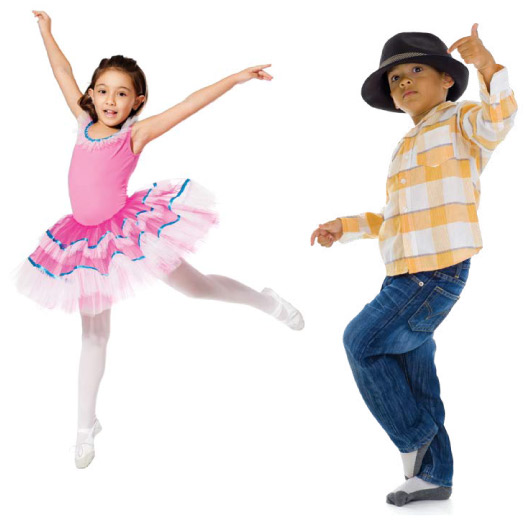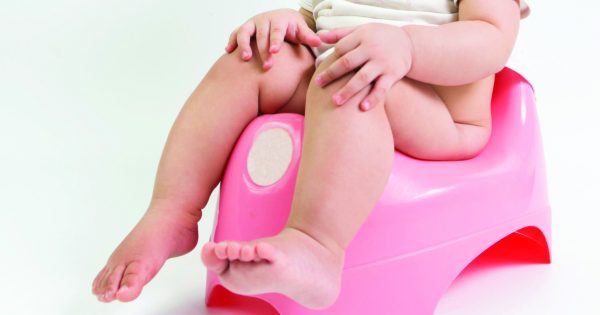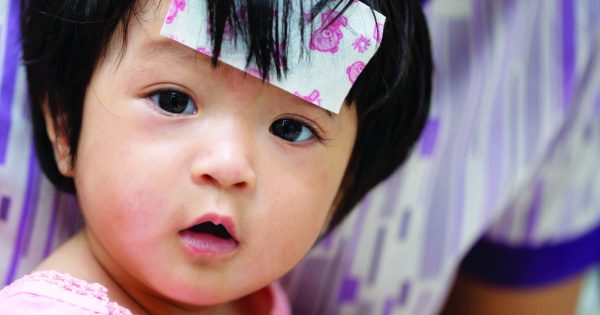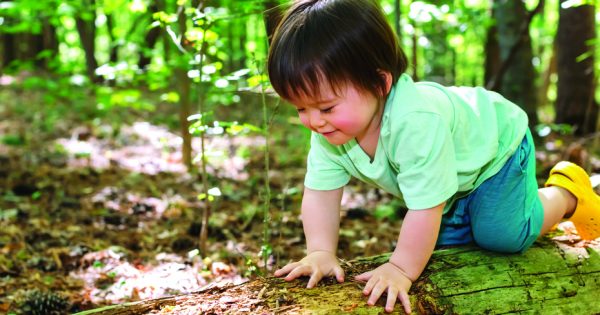Dance can be considered a form of learning which most children will not only enjoy, but also find it a fun way of learning by doing (kinaesthetic learning). Best of all, with the increasing statistics of child obesity, dance represents an excellent form of exercise!
After all, it is part of the Ministry of Health’s recommendation that children get at least 60 minutes of moderate intensity physical activity daily and, participate in more rigorous activities that increase muscle and bone strength, at least three times a week.
So not only will dance help your child burn off any excess energy he may have, it also helps him stay healthy and offers many other benefits. Dancing actually involves multiple brain functions simultaneously. It has been shown that dancing actually helps form more neural paths and greater neural connectivity, which means higher intelligence.
Never Too Young
Even from the age of a month or two, your toddler is able to respond to music. You may find him smiling at you, or doing his own imitation of dance by swaying or perhaps waving his arms or legs around.
Do bear in mind that even before they are born, babies are paying attention to sound and rhythm, e.g. speech intonation and mum’s heart. By the time they are able to walk, your toddler’s gross motor skills have improved sufficiently for him to ‘dance’ by moving his body up and down.
How Dance Helps
Dance is a powerful tool that can help cultivate many aspects your growing child’s development and is not limited to just the physical. Dancing helps integrate several brain functions at the same time, namely kinaesthetic, rational, musical, and emotional. This helps to further increase your child’s neural connectivity, opening up more neural paths.
Let’s take a quick look at each of the benefits:
-
- Physical Development:
Compared to other physical activities, dance is more physically demanding as it involves a higher range of motion, physical endurance, stamina and coordination. Dance can improve muscle tone, correct poor posture, increase balance and improved overall cardiovascular health. The beauty of dancing is that the entire body is utilised, thus making it an excellent choice of exercise. Among other benefits include improved bone density and a healthier heart and lungs.
-
- Emotional Maturity:
By allowing young children to express their emotions via dance, they gain self-awareness, self-confidence, and self-esteem. This helps promote better psychological health and maturity, in addition to an outlet for physical release.
-
- Cognitive Development:
Dancing helps improve your child’s cognitive skills. Dancing is a vigorous activity which floods his brain with a plentiful supply of blood, thus ensuring that it functions well. The dynamic nature of decision-making (e.g. the next dance steps that need to be taken) helps improve brain function, thus improving his mental capacity since his body and cognitive processes will be getting a workout.
-
- Disciplined Mindset:
Dance often includes a rigorous routine of memorisation of dance routines or sequences of movement. This leads to improved balance, spatial awareness and best of all, helps promote a detail-oriented way of thinking in your child.
-
- Social Awareness:
Dance classes provide young children with opportunities for social encounters. The fun and often challenging aspect of working in a group will benefit your child as he will learn about social interaction and cooperation.
Let’s Dance!
With so many benefits to offer, dance is something that you should seriously consider for your child. Remember, the benefits transcend gender – boys and girls will both benefit from dance.
So how do you get your child started? A simple method would be to sign him up for dance classes. There are numerous dance styles to choose from, such as ballet, tap dancing, social dancing (e.g. jazz, foxtrot, cha-cha, etc.) or traditional/cultural/ethnic dancing (e.g. Mak Yong, Kuda Kepang, Joget, lion/ dragon dance, Bharata Natyam, Bhangra, etc.)
If these choices do not appeal to your child, there are other contemporary dance styles to choose from such as hip-hop, Zumba, or street-dancing. So there is absolutely no reason not to get him to boogie!
An educational collaboration with Nutrition Society of Malaysia.








Comments